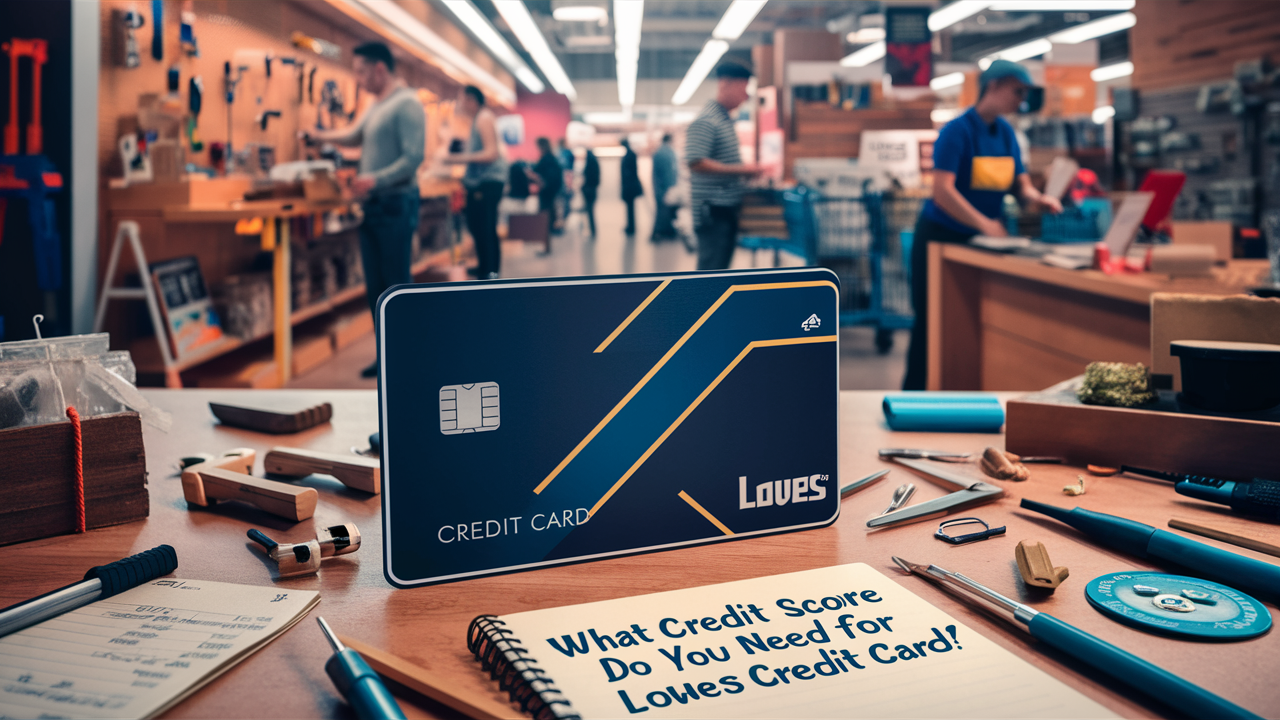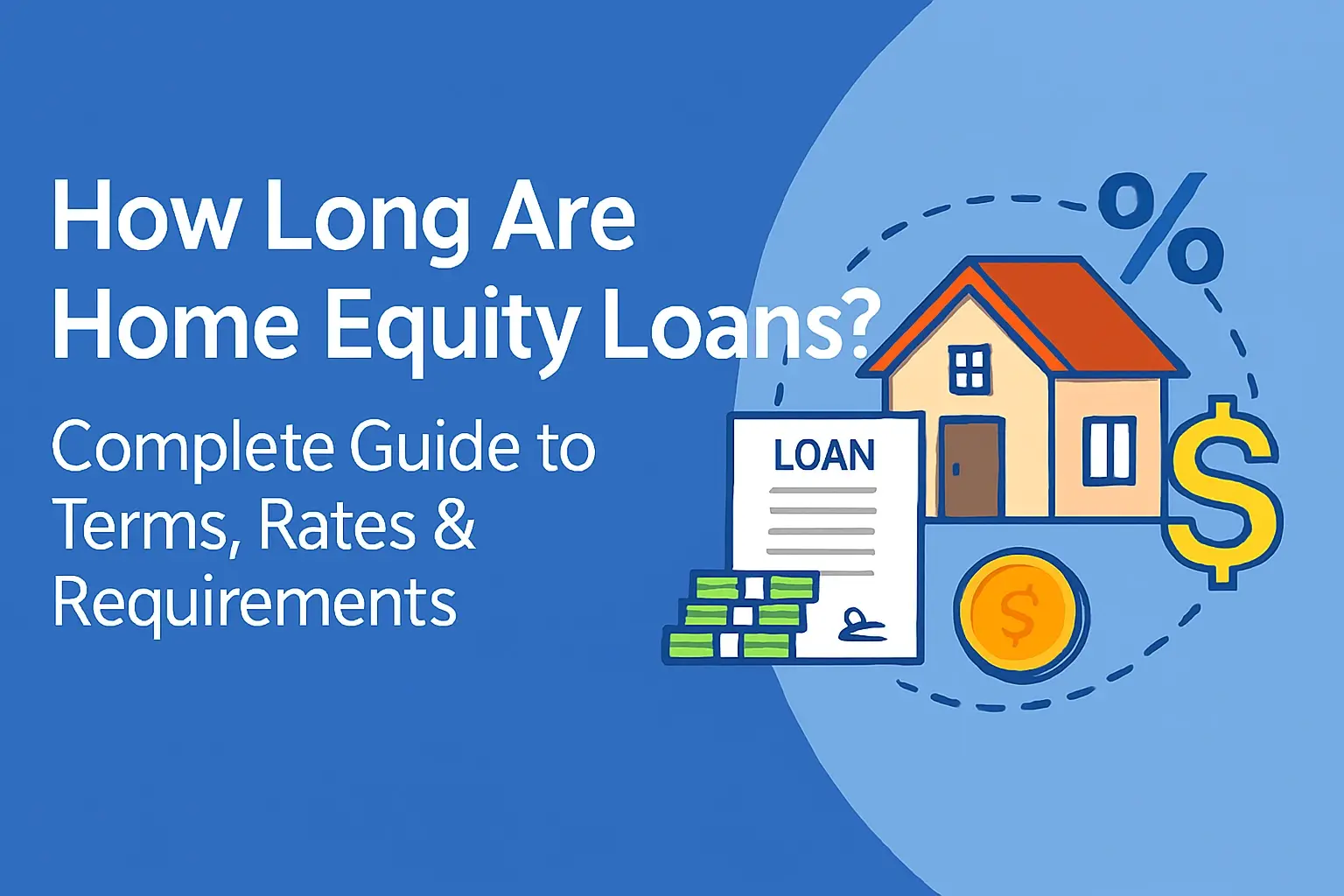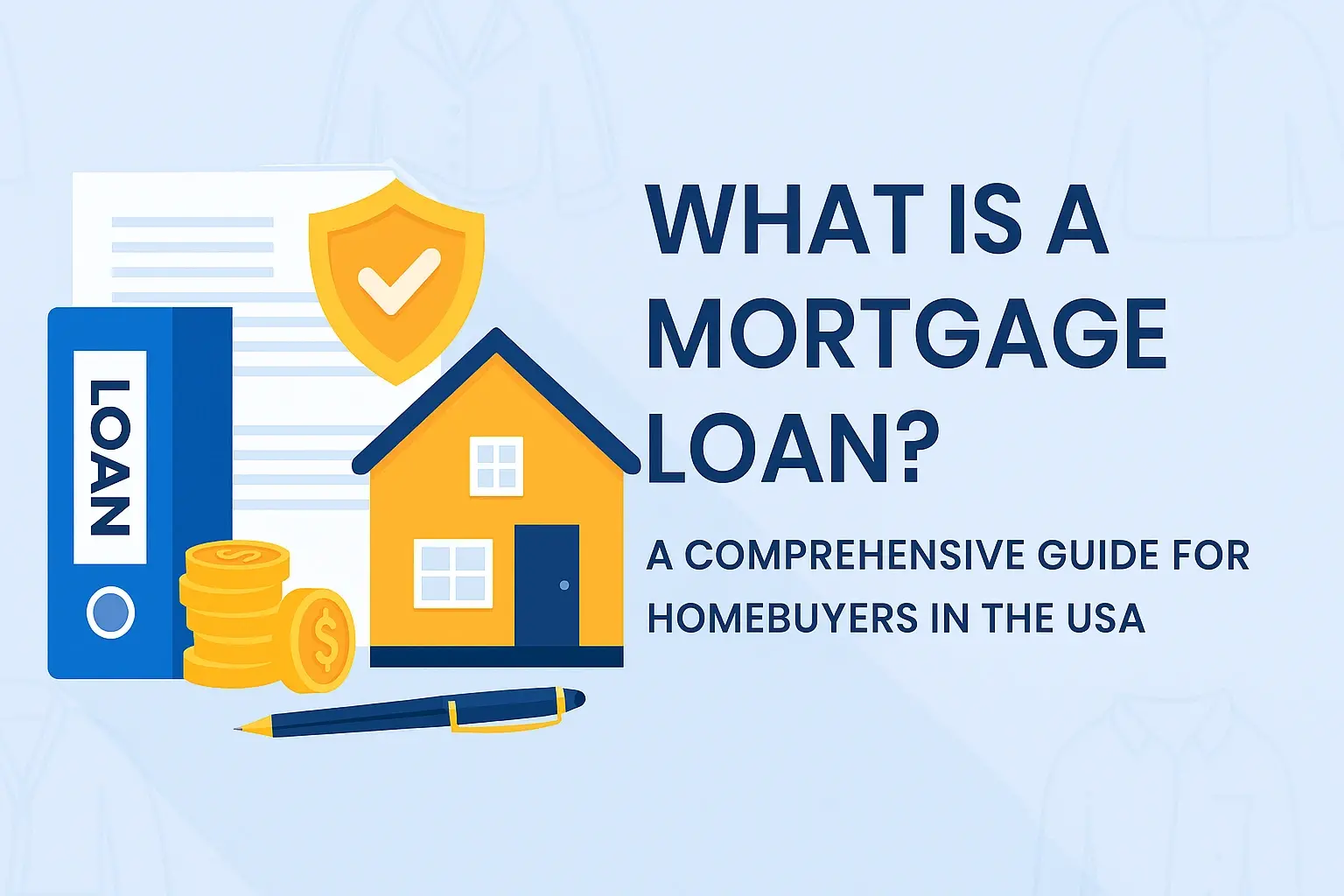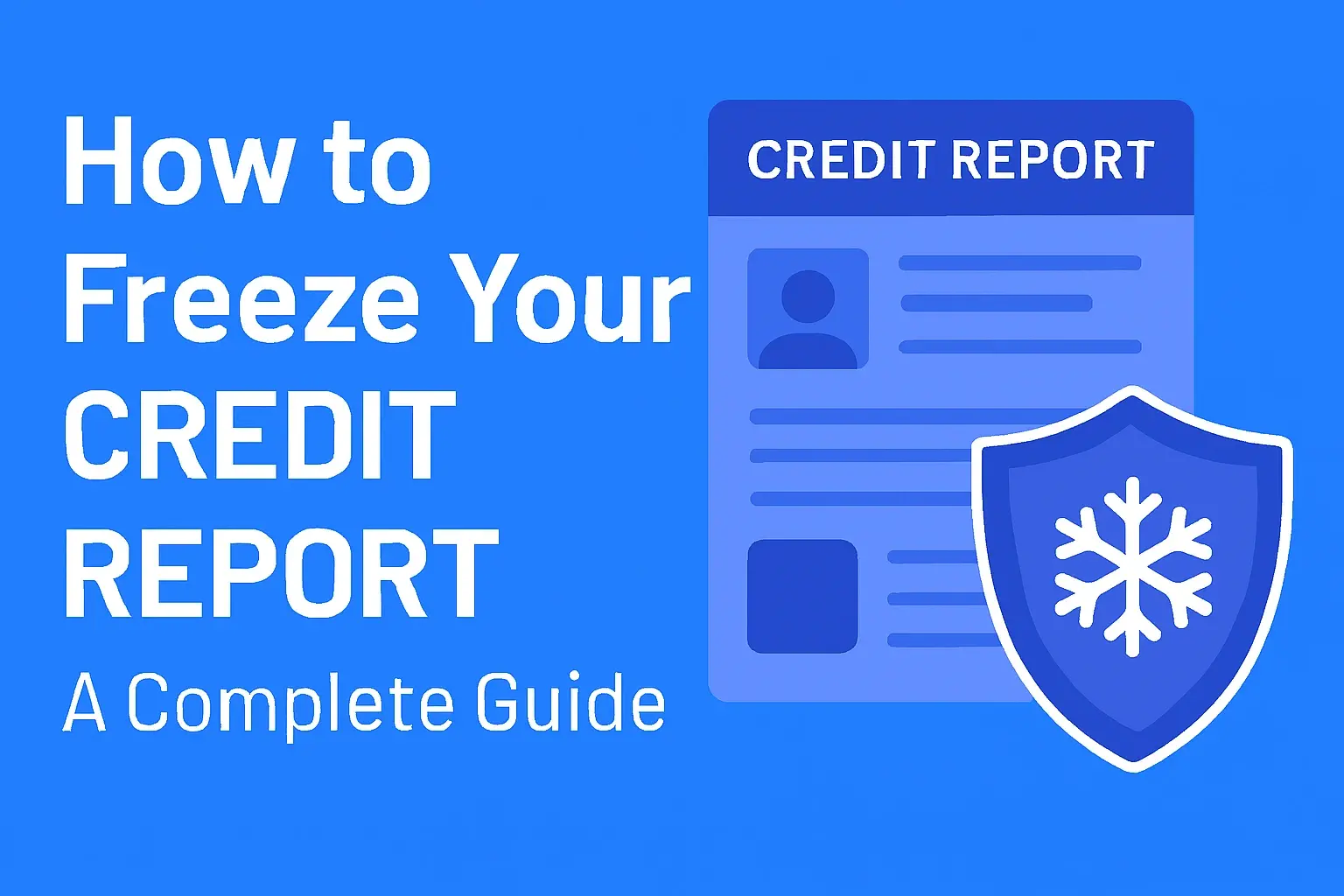-
Posted on: 27 Mar 2023

-
Struggling with mounting credit card debt can feel overwhelming, but there are effective strategies to regain financial control. This guide provides actionable tips and a clear roadmap to help you break free from credit card debt, offering hope and practical solutions for a debt-free future.
Understanding Your Credit Card Debt Landscape
Credit card debt is a pervasive financial challenge for millions. In 2025, the average American household carries over $7,000 in credit card debt, with a significant portion of this debt accruing high interest. This situation can quickly spiral, impacting credit scores, limiting financial freedom, and causing considerable stress. Before you can effectively tackle your credit card debt, it's crucial to understand its full scope and how it impacts your financial well-being. This involves a deep dive into not just the total amount owed, but also the terms of each card, interest rates, and minimum payment requirements. Ignoring these details is like trying to navigate a maze blindfolded; you need a clear picture of your surroundings to find your way out.
The True Cost of Credit Card Debt
The immediate cost of credit card debt is the principal amount you owe. However, the long-term cost is significantly amplified by interest charges. Credit card interest rates, often referred to as Annual Percentage Rates (APRs), can be alarmingly high, frequently ranging from 15% to 25% or even higher for those with lower credit scores. This means that a substantial portion of your monthly payments might be going solely towards interest, barely making a dent in the principal. Consider this: if you owe $5,000 on a card with a 20% APR and only make minimum payments (typically 1-3% of the balance), it could take over 15 years to pay off the debt, and you'd end up paying thousands in interest. By 2025, the cumulative interest paid by consumers on credit card debt is projected to exceed $100 billion annually, a staggering figure that underscores the urgency of addressing this issue.
Understanding Interest Rates (APRs)
The Annual Percentage Rate (APR) is the yearly rate charged for borrowing money. For credit cards, this rate is usually variable, meaning it can change based on market conditions or your creditworthiness. It's essential to know the specific APR for each of your credit cards. Some cards may have different APRs for purchases, balance transfers, and cash advances, with cash advances often carrying the highest rates and immediate interest accrual.
Minimum Payments: The Debt Trap
Minimum payments are designed to keep you in debt for as long as possible. While they offer immediate relief by making the monthly obligation seem manageable, they are the least efficient way to pay off debt. Paying only the minimum means that the majority of your payment goes towards interest, and very little reduces the principal balance. This significantly extends the repayment period and drastically increases the total interest paid over time. Understanding this dynamic is the first step in breaking free from the cycle.
Identifying All Your Credit Card Accounts
The first practical step is to gather all your credit card statements. Look through your mail, online banking portals, and even your credit reports to identify every single card you hold. It's not uncommon for people to forget about old store credit cards or cards they rarely use. Missing even one card can lead to an incomplete picture of your debt and hinder your repayment efforts. For 2025, credit bureaus offer free annual credit reports, a valuable tool for identifying all your accounts.
Gathering Essential Information for Each Card
Once you have a list of all your credit cards, you need to collect specific details for each one. This includes:
- Card Issuer: Who issued the card (e.g., Chase, American Express, Capital One)?
- Current Balance: The exact amount you owe on each card.
- APR (Annual Percentage Rate): The interest rate for each card. Note if it's a variable rate.
- Minimum Monthly Payment: The smallest amount you are required to pay each month.
- Credit Limit: The maximum amount you can borrow on the card.
- Payment Due Date: When the payment is due to avoid late fees.
Having this information readily available is crucial for making informed decisions about your repayment strategy.
Assessing Your Current Financial Situation
Once you have a clear understanding of your debt, the next critical step is to take a hard look at your overall financial health. This involves a thorough assessment of your income, expenses, and savings. Without this comprehensive financial snapshot, any debt repayment plan will be built on shaky ground. It’s about understanding where your money is coming from and, more importantly, where it’s going, so you can identify opportunities to redirect funds towards debt elimination.
Calculating Your Net Income
Your net income is the amount of money you actually take home after taxes and other deductions from your paycheck. This is the money you have available to cover your living expenses and, ideally, to pay down debt. If you have multiple income streams, such as a side hustle or freelance work, ensure you include all of them.
Sources of Income
List all your income sources. This might include:
- Primary job salary (after taxes)
- Income from a second job or side business
- Rental income
- Government benefits
- Any other regular income
By 2025, with the rise of the gig economy, accurately tracking diverse income streams is more important than ever.
Tracking Your Expenses: Where Does Your Money Go?
This is often the most eye-opening part of the process. You need to meticulously track every dollar you spend for at least one to two months. This will reveal your spending habits and identify areas where you might be overspending or spending unnecessarily. Categorizing your expenses helps in understanding your financial behavior.
Categorizing Expenses
Divide your expenses into two main categories:
- Fixed Expenses: These are costs that generally stay the same each month and are often non-negotiable. Examples include rent/mortgage payments, car loan payments, insurance premiums, and loan repayments.
- Variable Expenses: These costs fluctuate from month to month and offer the most flexibility for cuts. Examples include groceries, dining out, entertainment, utilities (which can have some variability), clothing, and personal care.
Use budgeting apps, spreadsheets, or even a notebook to track every transaction. Be honest and thorough. Many personal finance experts in 2025 emphasize the power of granular expense tracking.
Creating a Realistic Budget
A budget is not a restrictive cage; it's a roadmap to financial freedom. Once you know your net income and have tracked your expenses, you can create a budget that allocates your money purposefully. The goal is to ensure your expenses do not exceed your income, leaving a surplus that can be directed towards debt repayment.
Budgeting Methods
Several budgeting methods can help:
- Zero-Based Budgeting: Every dollar of income is assigned a job (spending, saving, debt repayment). Income minus expenses should equal zero.
- 50/30/20 Rule: Allocate 50% of your income to needs, 30% to wants, and 20% to savings and debt repayment.
- Envelope System: A cash-based system where you allocate cash into labeled envelopes for different spending categories. When an envelope is empty, you stop spending in that category.
Choose a method that resonates with you and stick to it. Regular review and adjustment are key to its success.
Identifying Areas for Potential Savings
With your expenses categorized, you can now identify where you can cut back. Variable expenses are usually the easiest to trim. Even small, consistent savings can add up significantly over time and be redirected to your debt.
Common Areas for Cuts
Consider these common areas where people find savings:
- Dining Out and Takeaway: Reducing the frequency of eating out can lead to substantial savings.
- Entertainment: Look for free or low-cost activities, limit subscriptions you don't use frequently.
- Groceries: Meal planning, buying in bulk, and avoiding impulse purchases can cut grocery bills.
- Subscriptions: Review all streaming services, gym memberships, and other recurring subscriptions.
- Impulse Purchases: Implement a waiting period (e.g., 24-48 hours) before making non-essential purchases.
- Transportation: Carpooling, using public transport, or consolidating errands can save on gas and wear-and-tear.
By 2025, many financial experts advocate for a mindful spending approach rather than drastic cuts, focusing on value and necessity.
Crafting Your Personalized Debt Repayment Plan
With a clear understanding of your debt and your financial situation, you're ready to create a concrete plan. This plan will be your guide, outlining the specific steps you'll take to eliminate your credit card debt systematically. Two popular debt repayment strategies exist: the Debt Snowball method and the Debt Avalanche method. Each has its own psychological and financial benefits, and the best choice depends on your personality and financial goals.
The Debt Snowball Method
The Debt Snowball method focuses on psychological wins. You pay the minimum on all debts except for the smallest one, on which you pay as much extra as possible. Once the smallest debt is paid off, you roll the amount you were paying on it (minimum + extra) into the payment for the next smallest debt. This creates a "snowball" effect, where your payments get larger as you eliminate debts.
How it Works
- List your debts from smallest balance to largest balance, regardless of interest rate.
- Pay the minimum payment on all debts except the smallest one.
- Put any extra money you can find towards the smallest debt.
- Once the smallest debt is paid off, take the money you were paying on it (minimum + extra) and add it to the minimum payment of the next smallest debt.
- Repeat this process until all debts are paid off.
Example: If you have debts of $500, $1,000, and $3,000, you'd tackle the $500 debt first. Once paid, you add its payment amount to the $1,000 debt's payment, and so on. This method provides quick wins and can be highly motivating.
The Debt Avalanche Method
The Debt Avalanche method prioritizes financial efficiency. You pay the minimum on all debts except for the one with the highest interest rate (APR), on which you pay as much extra as possible. Once the highest-APR debt is paid off, you move to the debt with the next highest APR.
How it Works
- List your debts from highest APR to lowest APR, regardless of balance.
- Pay the minimum payment on all debts except the one with the highest APR.
- Put any extra money you can find towards the highest APR debt.
- Once the highest APR debt is paid off, take the money you were paying on it (minimum + extra) and add it to the minimum payment of the debt with the next highest APR.
- Repeat this process until all debts are paid off.
Example: If you have debts with APRs of 22%, 18%, and 15%, you'd tackle the 22% APR debt first. This method saves you the most money on interest over time.
Choosing the Right Method for You
The best method is the one you will stick with. If you need motivation and quick wins, the Debt Snowball might be better. If you are highly disciplined and want to save the maximum amount of money on interest, the Debt Avalanche is likely the superior choice. Many people in 2025 find success by combining elements or adapting these methods to their unique situations.
Calculating Your Debt Repayment Timeline
Once you've chosen a method and determined how much extra you can put towards your debt each month, you can estimate how long it will take to become debt-free. Online debt payoff calculators can be incredibly helpful here. Inputting your debt details and your extra payment amount will give you a projected timeline.
Example Calculation (Debt Avalanche)
Let's say you have:
- Card A: $3,000 balance, 22% APR, $75 minimum payment
- Card B: $1,500 balance, 18% APR, $50 minimum payment
- Card C: $500 balance, 15% APR, $25 minimum payment
Total minimum payments: $150. If you can allocate an extra $300 per month, your total monthly payment is $450.
Using the Debt Avalanche method, you'd put $75 (minimum) + $300 (extra) = $375 towards Card A. Minimums go to Cards B and C. Once Card A is paid off, you add its $375 payment to Card B's minimum, and so on. A calculator would show this could take approximately 15-18 months, saving significant interest compared to minimum payments alone.
Consolidating Your Debt
Debt consolidation involves combining multiple debts into a single, new loan or payment. The goal is typically to get a lower interest rate or a more manageable monthly payment. While it doesn't reduce the amount you owe, it can simplify your finances and potentially save you money on interest.
Options for Debt Consolidation
- Balance Transfer Credit Cards: These cards often offer a 0% introductory APR for a period (e.g., 12-21 months). You transfer your existing credit card balances to the new card. Be aware of balance transfer fees (usually 3-5% of the transferred amount) and the APR after the introductory period ends.
- Debt Consolidation Loans: These are personal loans from banks or credit unions. You use the loan to pay off your credit cards, and then you make one monthly payment on the personal loan. Look for a loan with an APR lower than your current credit card APRs.
- Home Equity Loans or HELOCs: If you own a home, you might be able to use your home equity. These often have lower interest rates, but they put your home at risk if you can't make payments.
Considerations: Debt consolidation is most effective when you secure a lower overall interest rate. It's also crucial to address the spending habits that led to the debt in the first place, otherwise, you might end up with the consolidated loan *and* new credit card debt. By 2025, responsible use of consolidation is key, with many lenders offering more flexible terms.
Strategies for Accelerated Debt Repayment
Once you have your plan in place, the key to getting out of credit card debt quickly is to accelerate your payments. This means finding ways to increase the amount of money you put towards your debt each month, beyond just the minimum payments and the extra amount you initially budgeted. Every extra dollar paid directly reduces the principal, saving you interest and shortening your repayment timeline.
Increasing Your Income
The most direct way to accelerate debt repayment is to increase the amount of money available to pay off debt. This can be achieved by boosting your income.
Side Hustles and Freelancing
In 2025, the gig economy is booming, offering numerous opportunities to earn extra income. Consider leveraging your skills or hobbies:
- Online Freelancing: Writing, graphic design, web development, virtual assistance, social media management. Platforms like Upwork, Fiverr, and Toptal connect freelancers with clients.
- Delivery Services: Driving for Uber Eats, DoorDash, or Instacart can provide flexible income.
- Tutoring: If you excel in a particular subject, offer tutoring services online or in person.
- Selling Crafts or Goods: Platforms like Etsy allow you to sell handmade items or curated goods.
- Part-time Jobs: Even a few hours a week at a local store or restaurant can make a difference.
The earnings from these ventures can be directly channeled into your debt repayment fund.
Selling Unused Items
Declutter your home and turn unwanted items into cash. Go through your closets, garage, and attic. You might be surprised at how much value you can unlock.
- Online Marketplaces: eBay, Facebook Marketplace, Poshmark (for clothing), and Craigslist are great for selling various items.
- Garage Sales: A traditional but effective way to clear out a lot of items at once.
- Consignment Shops: For higher-end clothing or furniture.
Asking for a Raise or Seeking a Higher-Paying Job
If you're consistently performing well at your current job, consider asking for a raise. Research industry salary benchmarks to support your request. Alternatively, if your current role doesn't offer much growth potential or competitive pay, start looking for a new position that offers a higher salary. Even a modest increase in your primary income can significantly impact your debt repayment speed.
Reducing Expenses Further
While you've likely already identified areas to cut back, there might be more opportunities. Think creatively and critically about every expense.
Negotiating Bills
Don't hesitate to call your service providers and ask for better rates. This applies to:
- Internet and Cable Bills: Many providers offer loyalty discounts or promotional rates if you ask.
- Cell Phone Plans: Compare plans and providers, or see if you can negotiate a better deal with your current one.
- Insurance Premiums: Shop around for car, home, or renter's insurance. Bundling policies can also save money.
- Gym Memberships: If you're not using it, cancel it. If you are, see if there are cheaper options or if you can negotiate your current rate.
Cutting Down on "Wants"
This is where the real sacrifice often lies, but it's temporary. Consider temporarily pausing or drastically reducing spending on:
- New Clothes and Gadgets: Stick to essentials until debt-free.
- Vacations and Expensive Hobbies: Opt for staycations or less costly leisure activities.
- Gifts: For birthdays or holidays, consider DIY gifts or pooling resources with others for a larger, more meaningful gift.
Utilizing Windfalls and Unexpected Money
Any unexpected money that comes your way should be a golden opportunity to attack your debt. This includes:
- Tax Refunds: Instead of spending it, put your tax refund directly towards your credit card debt.
- Bonuses: If you receive a work bonus, allocate a significant portion, if not all, to debt repayment.
- Gifts of Money: If you receive cash gifts for birthdays or holidays, use them wisely.
- Settlements or Legal Awards: Any lump sum payments received should be prioritized for debt reduction.
By 2025, financial planners consistently advise against treating windfalls as free money for discretionary spending; instead, they are powerful tools for financial acceleration.
Making Bi-Weekly Payments
A simple yet effective strategy is to make half of your monthly payment every two weeks. Since there are 52 weeks in a year, this results in 26 half-payments, which equals 13 full monthly payments instead of 12. This one extra payment per year can significantly reduce the principal and interest over time.
Example:
If your total monthly credit card payments are $300, making $150 every two weeks means you'll pay $3,900 annually instead of $3,600. This extra $300 goes directly to principal, saving you interest and shortening your payoff time.
Managing Your Finances and Preventing Future Debt
Getting out of credit card debt is a monumental achievement, but the journey doesn't end there. To ensure you don't fall back into the same patterns, it's crucial to implement robust financial management strategies and preventative measures. This phase is about building sustainable financial habits that will serve you for a lifetime, fostering long-term financial health and security.
Building an Emergency Fund
An emergency fund is a savings account specifically for unexpected expenses, such as job loss, medical emergencies, or major home/car repairs. Having an emergency fund prevents you from having to rely on credit cards when life throws a curveball.
Recommended Size
Financial experts, including those in 2025, generally recommend building an emergency fund that covers 3 to 6 months of essential living expenses. Start small, perhaps with $500 to $1,000, and gradually build it up. This fund should be kept in a separate, easily accessible savings account.
Living Below Your Means
This is a fundamental principle of financial well-being. It means consistently spending less than you earn, allowing you to save, invest, and pay down debt without resorting to borrowing.
Conscious Spending Habits
- Prioritize Needs over Wants: Regularly evaluate your spending to ensure it aligns with your values and financial goals.
- Avoid Lifestyle Inflation: As your income increases, resist the urge to immediately upgrade your lifestyle. Instead, use the extra income to accelerate savings and debt repayment.
- Practice Delayed Gratification: Instead of buying things on impulse, practice waiting. This helps distinguish between needs and fleeting desires.
Responsible Credit Card Usage Moving Forward
Credit cards can be useful financial tools when used responsibly. The key is to avoid carrying a balance and to treat them as a payment method, not as an extension of your income.
Strategies for Responsible Use
- Pay Your Balance in Full Every Month: This is the golden rule. If you can't pay the full balance, you're likely spending more than you can afford.
- Use Credit Cards for Specific Goals: Consider using a credit card for planned, budgeted purchases, and pay it off immediately.
- Monitor Your Credit Utilization Ratio: Keep the amount of credit you use relative to your total available credit low (ideally below 30%).
- Avoid Opening Too Many Cards: Only open credit cards when you have a specific need and can manage them responsibly.
Setting Long-Term Financial Goals
Having clear, long-term financial goals provides motivation and direction for your financial decisions. These goals might include saving for retirement, a down payment on a house, your children's education, or travel.
Examples of Long-Term Goals
- Retirement savings (e.g., contributing to a 401(k) or IRA)
- Down payment for a home
- Funding education for children
- Starting a business
- Achieving financial independence
By 2025, financial planning software and apps make it easier than ever to set and track progress towards these goals.
Understanding and Improving Your Credit Score
Your credit score is a critical indicator of your financial health and impacts your ability to get loans, rent apartments, and even secure certain jobs. Credit card management plays a significant role in your credit score.
Factors Affecting Your Credit Score
- Payment History (35%): Paying bills on time is the most important factor.
- Amounts Owed (30%): Keeping credit utilization low is crucial.
- Length of Credit History (15%): Longer credit histories are generally better.
- Credit Mix (10%): Having a mix of credit types (e.g., credit cards, installment loans) can be beneficial.
- New Credit (10%): Opening too many new accounts in a short period can lower your score.
By consistently paying your credit card bills on time and keeping balances low, you will naturally improve your credit score over time.
When to Seek Professional Assistance
While many individuals can successfully manage and eliminate credit card debt on their own with the right strategies, there are times when professional guidance is not just beneficial, but necessary. If you're feeling overwhelmed, unable to make progress, or facing severe financial distress, reaching out to a professional can provide a structured path forward and much-needed support.
Credit Counseling Agencies
Non-profit credit counseling agencies can offer invaluable assistance. They employ certified counselors who can help you:
- Analyze your financial situation and create a budget.
- Negotiate with your creditors on your behalf.
- Develop a Debt Management Plan (DMP).
In a DMP, you make one monthly payment to the agency, which then distributes the funds to your creditors, often at reduced interest rates or waived fees. Be sure to choose a reputable agency accredited by organizations like the National Foundation for Credit Counseling (NFCC) or the Financial Counseling Association of America (FCAA). By 2025, these agencies remain a cornerstone of debt relief for many.
Debt Settlement Companies
Debt settlement companies negotiate with your creditors to reduce the amount of debt you owe. You typically make monthly payments into an account managed by the settlement company, which then pays your creditors a lump sum that is less than the total amount owed. While this can result in significant debt reduction, it comes with considerable downsides:
- Negative Impact on Credit Score: Settling debt is usually reported to credit bureaus as "settled for less than full amount," which can severely damage your credit score.
- Fees: These companies charge substantial fees, which can eat into your savings.
- Potential for Scams: It's crucial to research these companies thoroughly and be wary of guarantees.
Debt settlement is generally considered a last resort and should be approached with extreme caution.
Bankruptcy
Bankruptcy is a legal process that can provide a fresh financial start by discharging or reorganizing your debts. There are two main types of consumer bankruptcy:
- Chapter 7: This involves liquidating certain assets to pay off creditors. Many of your debts may be discharged.
- Chapter 13: This involves creating a repayment plan over 3 to 5 years to pay back a portion of your debts.
Bankruptcy has severe long-term consequences for your credit score and financial future. It should only be considered after exploring all other options and consulting with a qualified bankruptcy attorney.
When to Make the Call
Consider seeking professional help if:
- You are consistently unable to make minimum payments on your credit cards.
- You are receiving constant calls from creditors and collection agencies.
- You feel overwhelmed and don't know where to start.
- Your debt is causing significant emotional or relationship stress.
- You have explored other options and are still not making progress.
Professional advice can offer clarity, strategy, and a path to regaining control of your finances. By 2025, the availability of online consultations with financial professionals makes seeking help more accessible than ever.
Breaking free from credit card debt is an achievable goal with the right knowledge, strategy, and discipline. By understanding your debt, assessing your financial situation, creating a solid repayment plan, and implementing strategies for accelerated repayment, you can pave the way to financial freedom. Remember to build healthy financial habits for the future and don't hesitate to seek professional help if needed. Your journey to a debt-free life starts with taking these crucial steps today.











